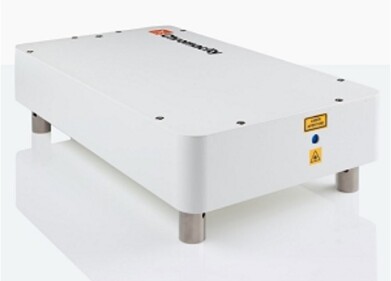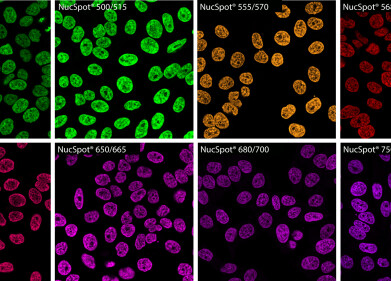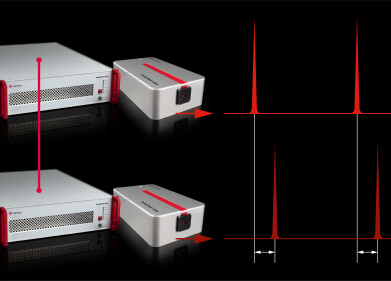-
 Microscopy techniques were used in the discovery
Microscopy techniques were used in the discovery
Microscopy & Microtechniques
Microscopy used in discovery of anoxic creatures
Apr 09 2010
A new species of Loricifera, the animals live in marine sediments and measure less than one millimetre in length.
Using electron and infrared microscopy, in conjunction with biochemical analysis and radioactive tracers, the researchers confirmed the creatures were metabolically active.
Previously, experts had believed only viruses and bacteria could live and reproduce without the need for oxygen.
The Italian and Danish researchers that were involved in the revelation suggested that this could mean animals may exist on planets that do not have aerobic conditions.
Living at depths of more than 3,000 metres below sea level, the specimens were taken from the Mediterranean's L'Atalante basin.
University of Western Australia scientists recently utilised microscopy equipment to analyse DNA located in fossilised egg shells.
Digital Edition
Lab Asia 31.6 Dec 2024
December 2024
Chromatography Articles - Sustainable chromatography: Embracing software for greener methods Mass Spectrometry & Spectroscopy Articles - Solving industry challenges for phosphorus containi...
View all digital editions
Events
Jan 22 2025 Tokyo, Japan
Jan 22 2025 Birmingham, UK
Jan 25 2025 San Diego, CA, USA
Jan 27 2025 Dubai, UAE
Jan 29 2025 Tokyo, Japan


















